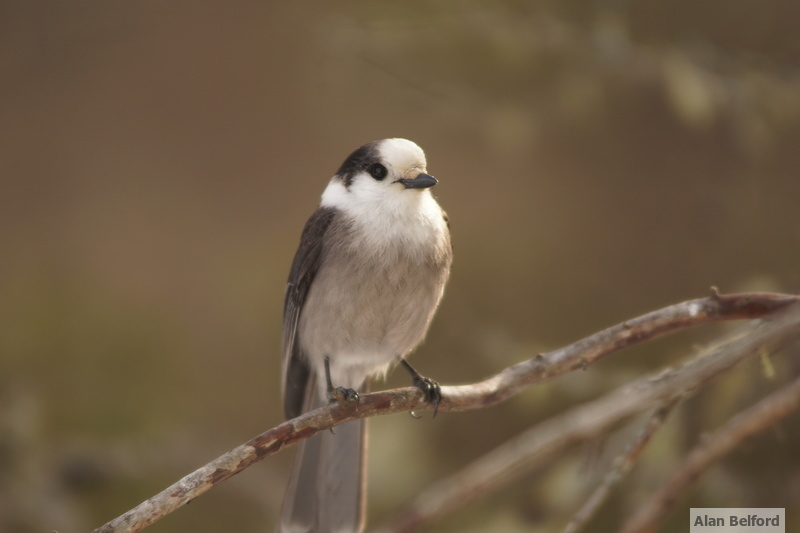
A Birder's Delight
A great place to explore
Any chance to check out Massawepie Mire is worth the trip – particularly during early summer, when there is so much bird activity to lead you along the path. So when I had some field work to do in the area, my dog, Wren, and I took advantage of it with some birding.
Lots of birds along the road
The cool morning air was punctuated by singing birds as we drove the winding dirt road toward the parking area at the old railroad bed, which leads through the bog. We quickly added species like Pine Warbler, Chipping Sparrow, and Barn and Tree swallows as we drove through the Boy Scout camp, as well as Black-throated Blue, Black-throated Green, Chestnut-sided, and a few Mourning warblers. We also saw American Redstart, Ovenbird, Hermit Thrush, Yellow-bellied Sapsucker, and many others as we continued on through the woods. Unfortunately, with my field work schedule being what it is, we didn't have time to stop on the way to the bog, but our list was off to a good start nonetheless.
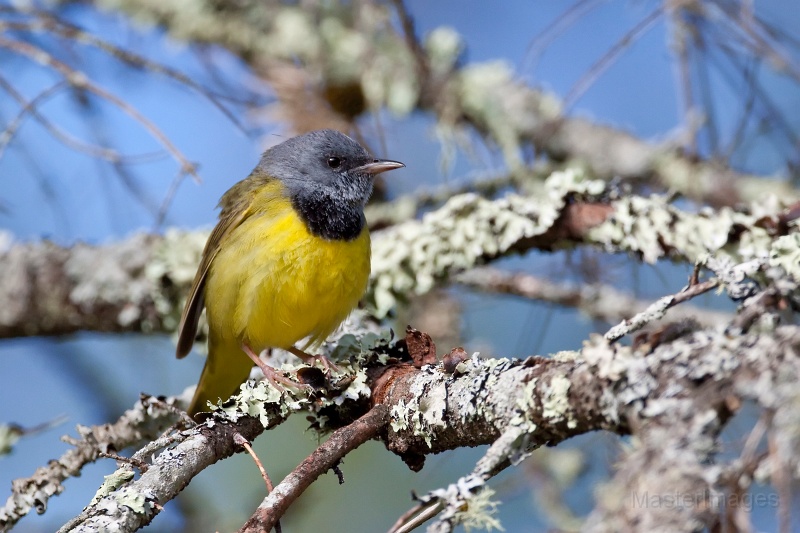
Hiking along the railroad bed
As I got my backpack ready for the hike along the railroad bed, it became apparent we would not be alone on our walk. A cloud of mosquitoes surrounded us and my car so I grabbed some extra layers to help cover up any exposed skin to protect myself. The marauding bugs became our entourage along the trail, an insect paparazzi following our every move. Anyone adventuring in Massawepie will need to be prepared for them — that’s just how early summer in the Adirondacks goes! And to put a more positive spin on it, you nourish the bugs and the bugs nourish the birds, so you are helping raise warbler chicks!
The mosquitoes became less numerous as soon as we reached sunny portions of the railroad bed, particularly as the day warmed. And while deer flies and black flies replaced them (and you thought this story was only about birding), our list of birds continued to grow. A Scarlet Tanager and an Ovenbird sang from the deciduous forests bordering the bog, but their song soon disappeared into the distance, replaced by Nashville Warblers, Blue-headed Vireos, and Yellow-rumped Warblers in the conifers, and species like Lincoln’s Sparrow and Palm Warbler on the open bog mat. A family of Common Ravens called raucously in the distance, and the voices of White-throated Sparrows seemed to be everywhere.
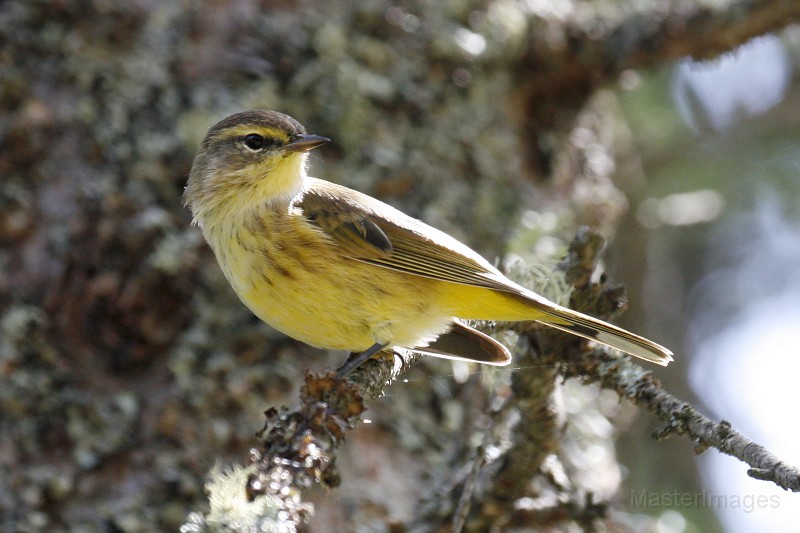
And so we made steady progress along the trail to the rhythm of swatting insects, adding Yellow-bellied Flycatchers, Common Yellowthroats, and Eastern Bluebirds while we were at it. A short distance farther along the trail we found our first Gray Jays of the day, and the jays seemed to move along the trail with us, following along the line of trees that bordered the railroad bed.
The Grass River
About a mile into the hike the railroad bed crosses the South Branch of the Grass River, and the area surrounding the bridge is always productive. This trip was no different. Wren took a dip in the river while I stood on the bridge listening to mink frog, Alder Flycatcher, Yellow-bellied Flycatcher, Hermit Thrush, Gray Jay, Common Yellowthroat, Chestnut-sided Warbler, Swainson’s Thrush, Nashville Warbler, Northern Parula, Black-and-white Warbler, and Magnolia Warbler. I watched an Eastern Phoebe scoop up insects out of the air. That’s one less deer fly that could bite me now! I had been hoping for an Olive-sided Flycatcher, which can sometimes be found on the snags near the river, but the acrobatic phoebe as well as the Yellow-bellied and Alder Flycatchers would have to do.
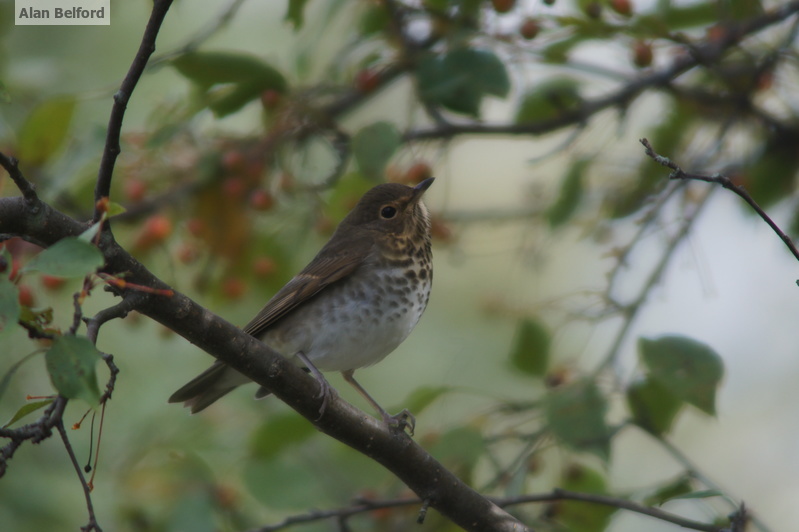
The area around the bridge is also good for Canada Warbler, and I heard my first of the day from the bridge, soon adding a second as we continued down the trail into the thick, wet, coniferous woods they prefer. The route through the woods also gave us more Nashville, Magnolia, and Yellow-rumped Warblers, Gray Jays, Yellow-bellied Flycatchers, and a few Golden-crowned Kinglets. Another opening in the bog held more Palm Warblers and Lincoln’s Sparrows, and I stood for awhile admiring two Canada Warblers, waiting for them to come close enough for some photos. They never did, but they offered me splendid looks with my binoculars all the same. With the morning advancing, I chose the spot as our turnaround point and we began to walk back on the sunny day, which was starting to grow quieter as it warmed.

On my return trip to the parking area I bumped into a couple birding friends of mine – they too apparently received the memo that now is a great time to visit Massawepie — and we compared notes on the day. The same was true of the large birding group that Wren ran ahead to greet, happy to share her wet body, fresh from another swim at the bridge. After chatting briefly with them, we went our separate ways – they farther into the bog, and Wren and I toward the car and a fresh drink of water after the long, sunny walk back out. Water after a hike always tastes the best, and it’s also a great way to top off a 16-warbler-species morning. We birded our way back out along the road, adding a Broad-winged Hawk and enjoying the pleasant June air, blowing cool through the car as we drove.
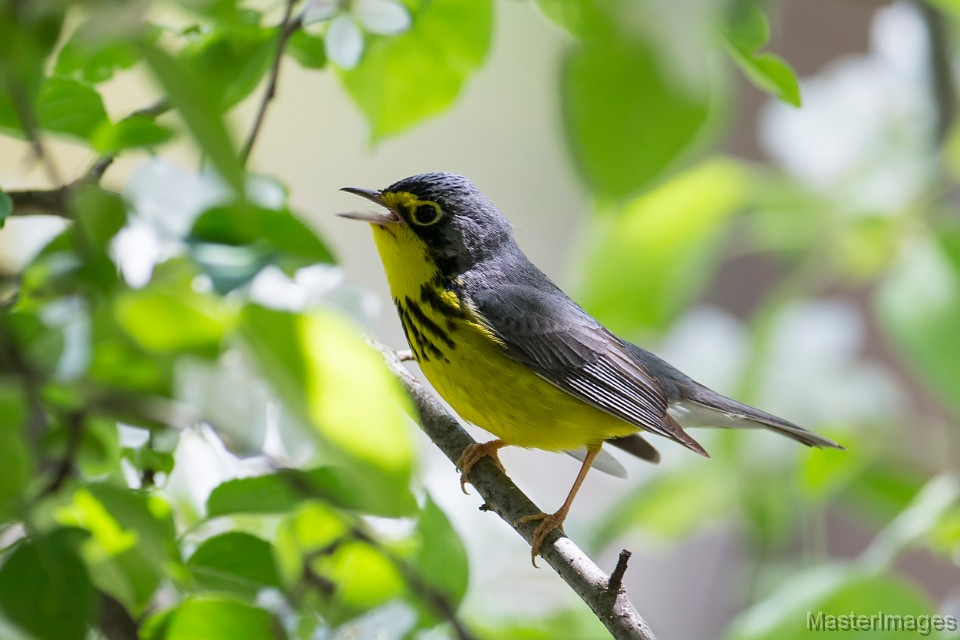
The bird diversity of Massawepie Mire is incredible during the spring and summer. However, birders should be aware that the Boy Scout lands and trails in the Massawepie complex are off limits to the public from June 15-August 31, when the scout camp is in high gear. The 5-mile long railroad bed through the bog remains open to the public throughout the summer, but birders should be extremely careful of people and camp activities as they drive through the scout camp while it is operating. Once the camp closes for the season, all of the trails reopen and September offers excellent birding with fall migration in full swing. And, whether you plan to visit during the spring, summer, or fall, our lodging and dining pages will help you plan your trip.
